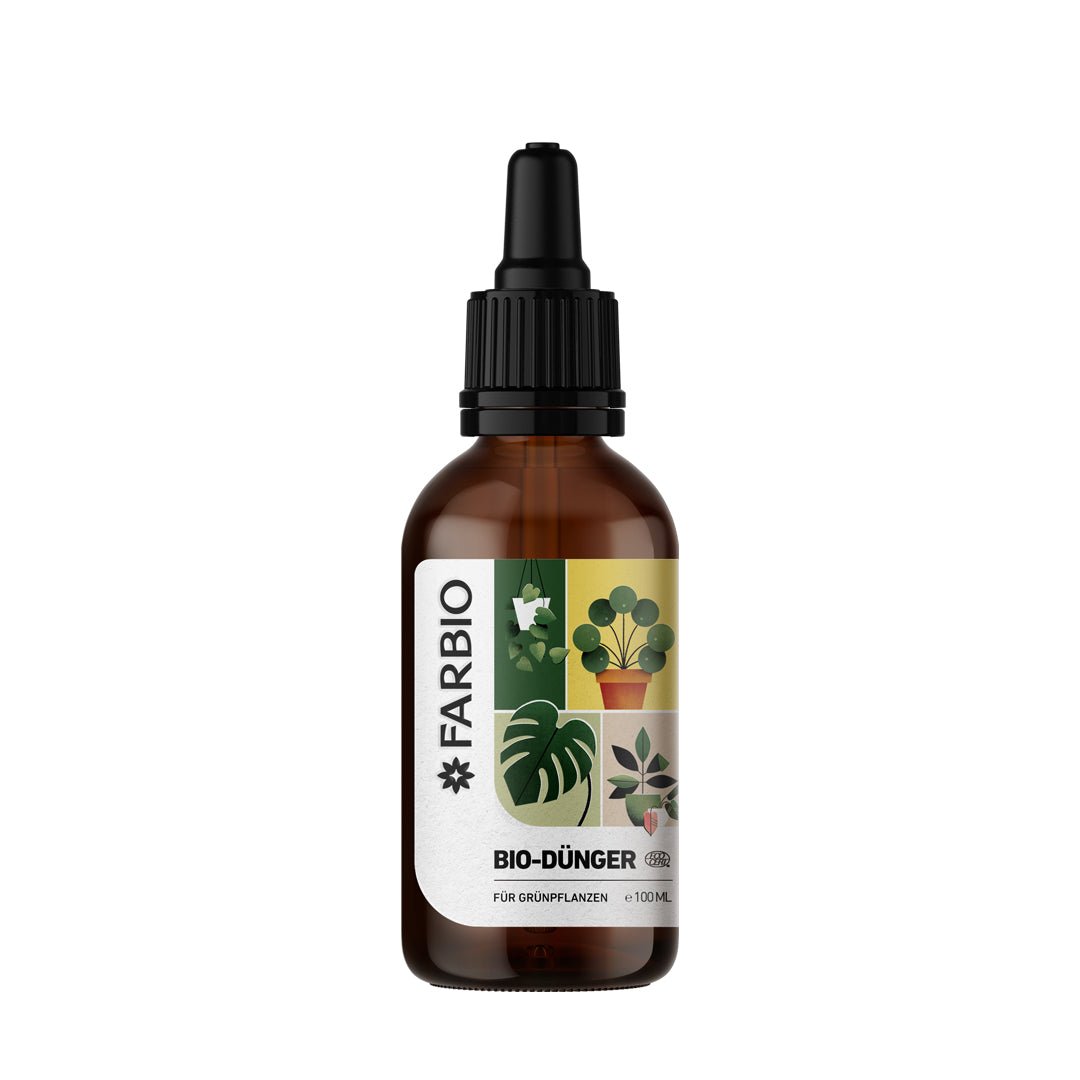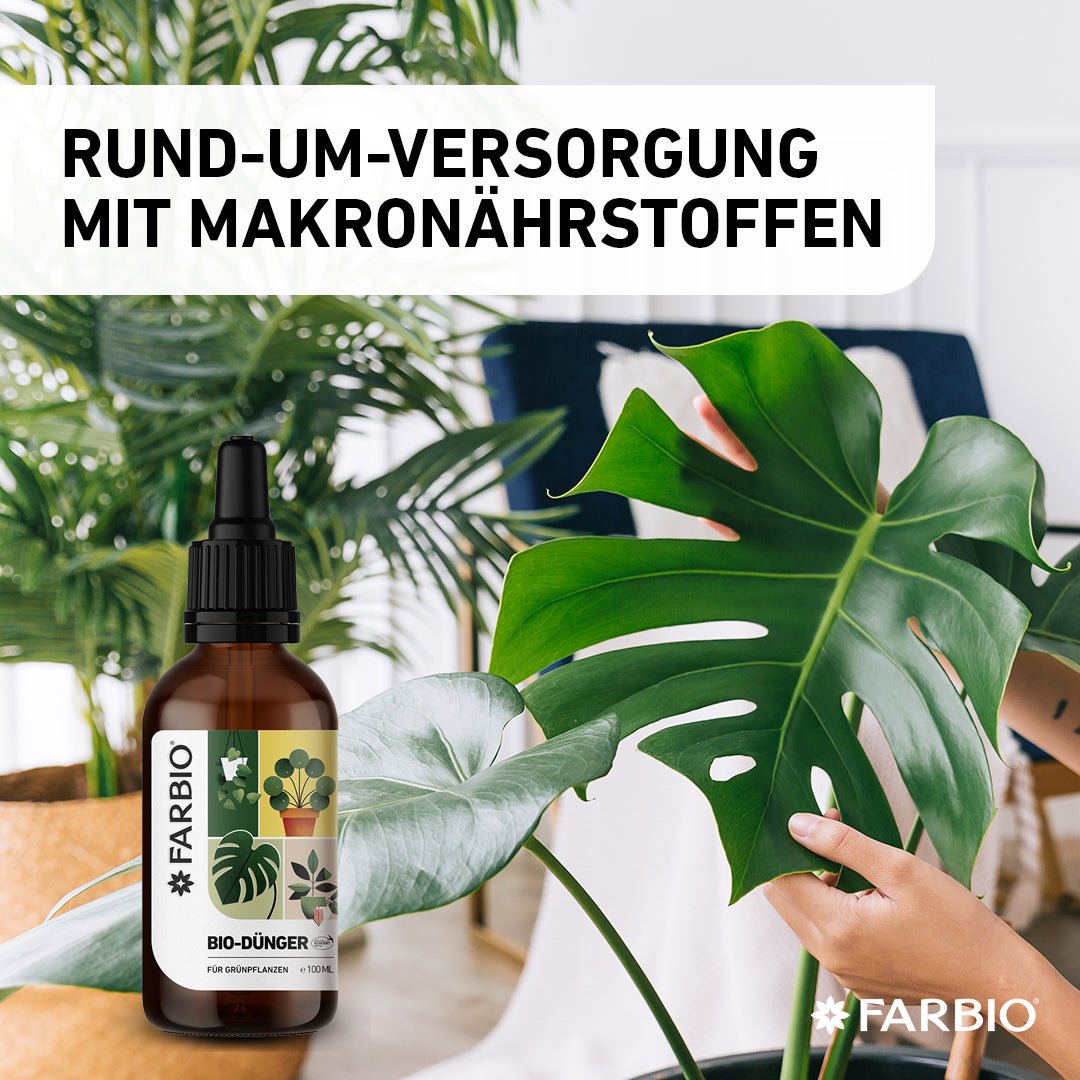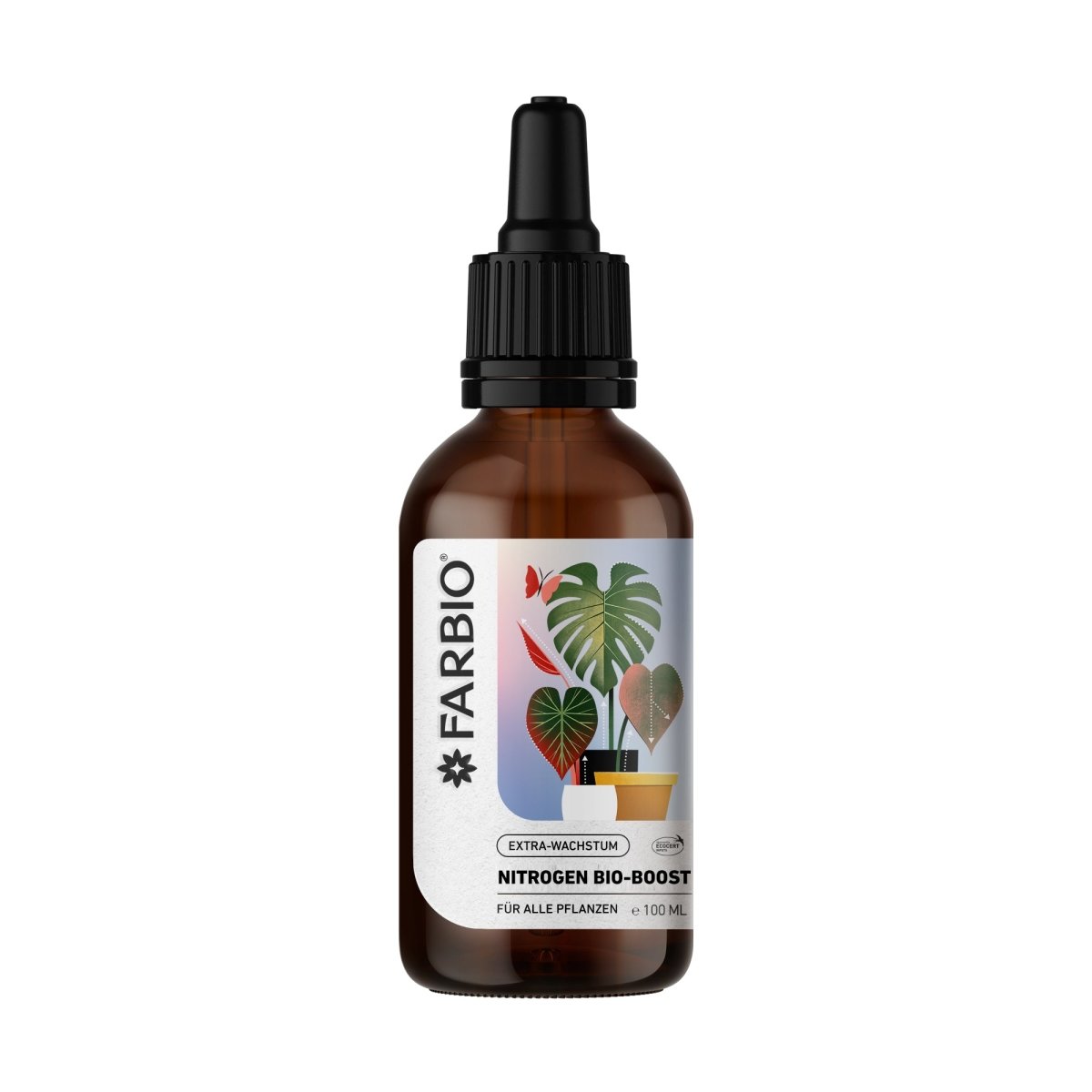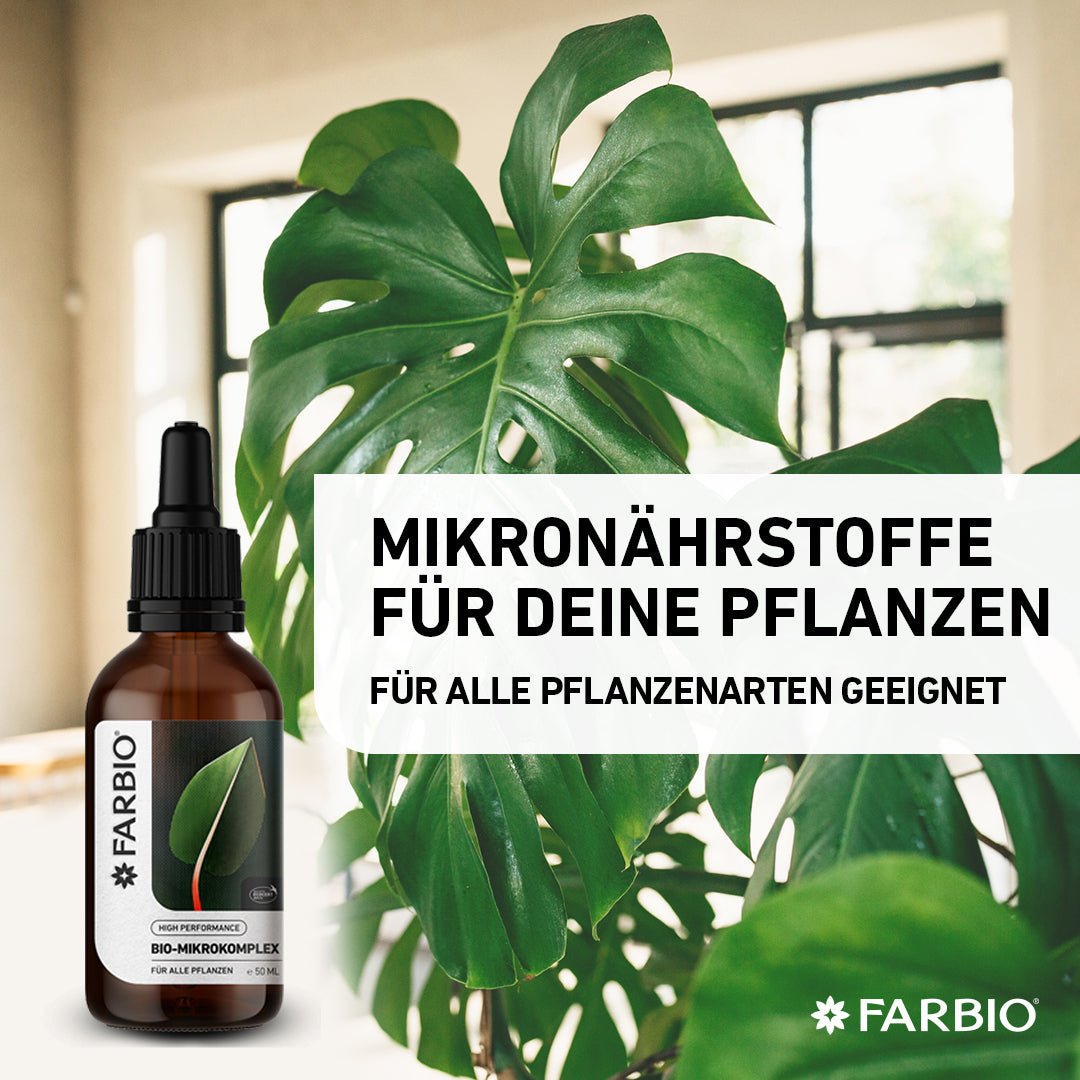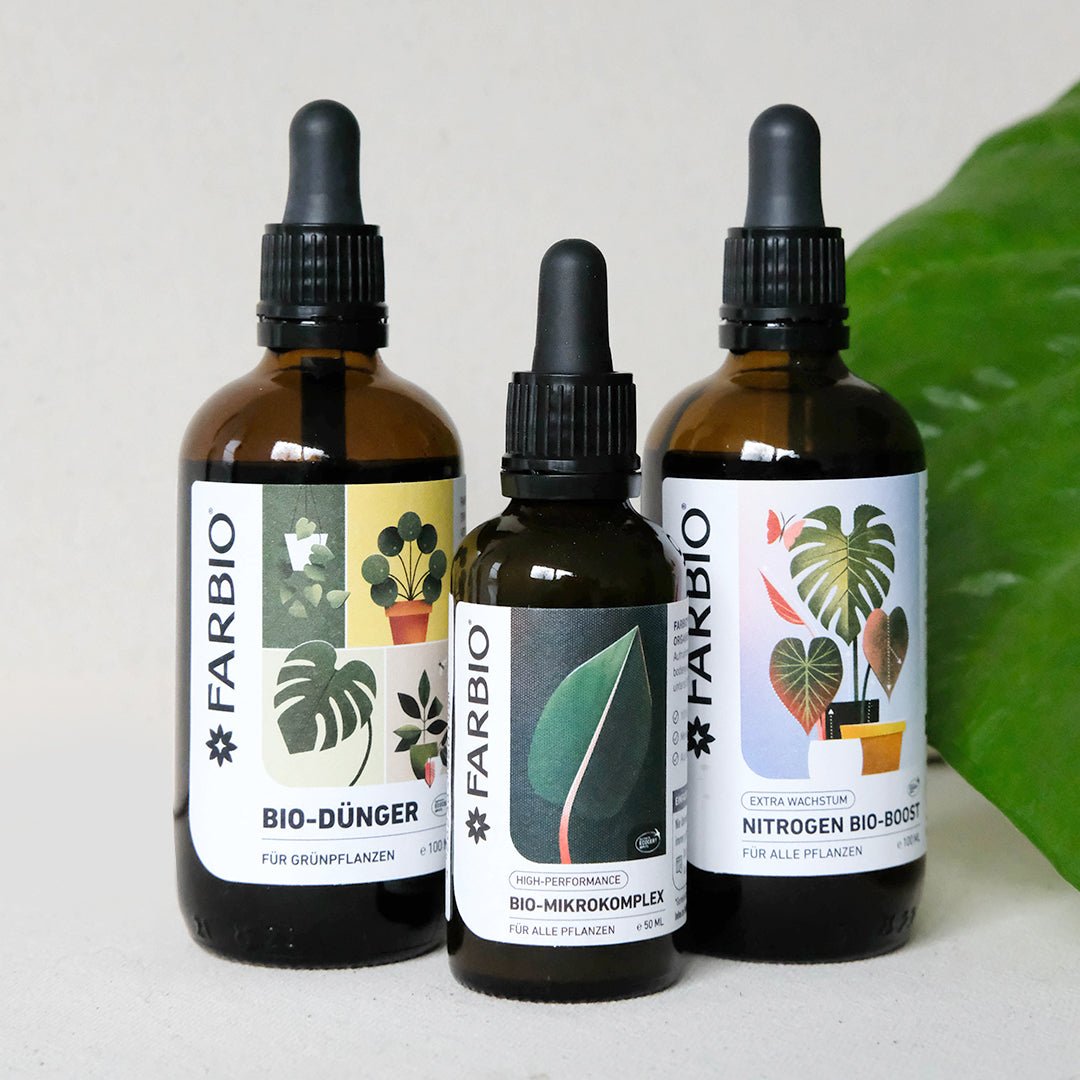Pests are animals that cause harm to us humans, usually by damaging cultivated plants. Beneficial insects are small animals, usually insects, spiders or nematodes, that benefit us humans by eating or otherwise eliminating pests. Beneficial insects can not only be used in the garden to combat pests, but they also help regulate infestations in a sustainable and natural way on our houseplants.
How do beneficial insects work for pest control?
It is important to accurately identify the type of pest in order to get the right beneficial insect. These can easily be purchased online or in specialty stores. The use of beneficial insects is only necessary if the infestation is severe. Plants should be placed close together so that all pests and their larvae can be killed. The beneficial insects slowly die out when there are no longer any pests as food or hosts.
Fight aphids, thrips, etc. biologically - settle beneficial insects in the garden or treat houseplants
There is a suitable beneficial enemy as an enemy against the majority of the worst plant pests. Here we present the most helpful beneficial insects against aphids, mealybugs and mealybugs, fungus gnats, thrips, spider mites, leaf miners, whiteflies and even powdery mildew.
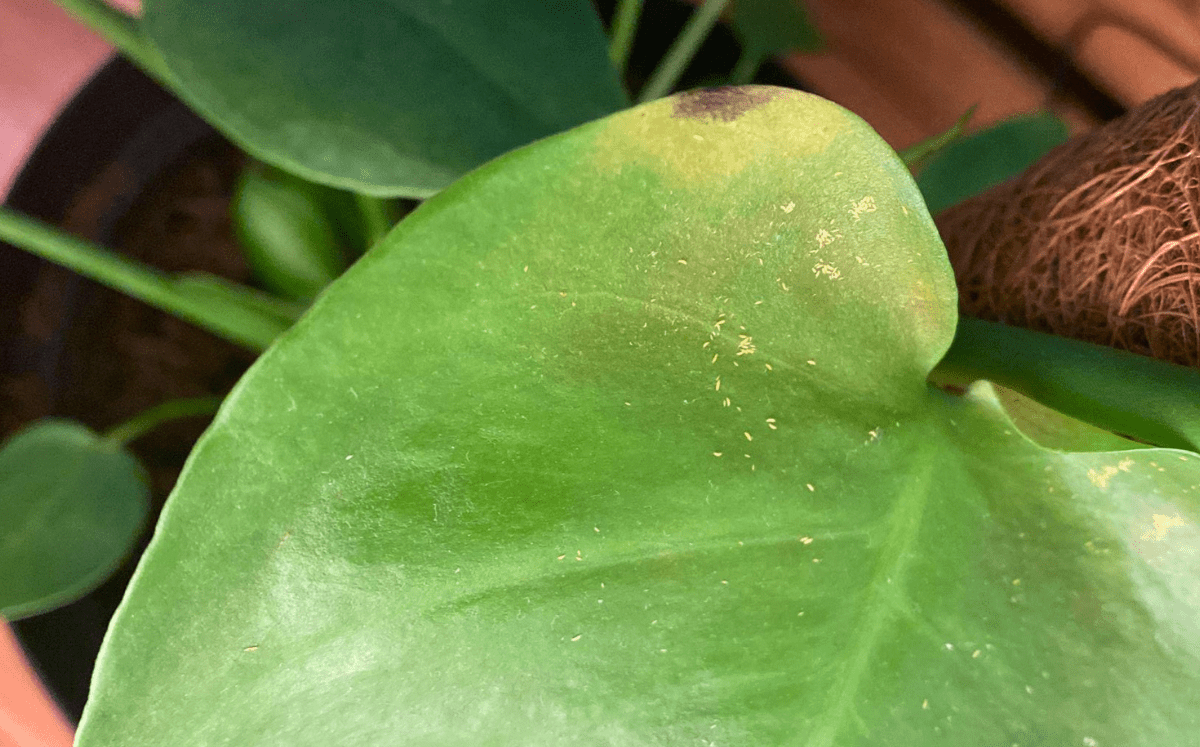
Lacewings / lacewing larvae
Lacewing larvae (Chrysopidae) are particularly suitable as beneficial insects when infested with aphids, thrips, mealybugs and spider mite larvae. Lacewing larvae suck out hundreds of pests for about two weeks before pupating. The empty shells of the pests remain behind. Adult lacewings feed primarily on pollen and nectar, so they help pollinate plants rather than fight pests. The larvae require temperatures above 12 degrees Celsius and only a few animals, around 10-20 per plant, should be released. If the infestation is severe, the application should be repeated after a few weeks.
Use ladybugs against pests
Many ladybird species (Coccinellidae) can help with pest infestations as beneficial insects in the larval stage and can then be released outside. To combat it, you only need 5 to 10 beneficial insects per plant and regular spraying of the plant, as the ladybugs need drinking water. Temperatures should be over 20 degrees Celsius. The seven-spot ladybird (Coccinella septempunctata), the best-known species, feeds on aphids. The Australian ladybird (Cryptolaemus montrouzieri) feeds on mealybugs and mealybugs. The black ball ladybird (Stethorus punctillum) feeds mainly on spider mites, but it can also be used against aphids. The sixteen-spotted ladybird (Halyzia sedecimguttata) can help with powdery mildew because it eats it.
Little helpers - parasitic wasps
Parasitic wasps (Ichneumonidae) are very small animals that paralyze the larvae of pests. They are harmless to humans and die as soon as there are no longer any pest hosts. They can't really fly, but move around by crawling. They do not sting people, but rather drill their stingers into the larvae of whiteflies, leaf miners and aphids in order to lay their eggs there. About 5 to 10 beneficial insects per plant are enough to combat the pests.
predatory mites
Predatory mites (Gamasina) are very small beneficial insects that can hardly be seen with the naked eye. Various species are used as beneficial insects on the above-ground parts of plants because they suck out the larvae of some known pests and thus kill them. So-called Phytoseiulus predatory mites help houseplants with spider mite infestations. Hypaospis predatory mites help regulate fungus gnat infestations. Various species of Amblyseius predatory mites can be used against thrips.

With beneficial insects against fungus gnats: nematodes
SF nematodes (Steinernema feltiae) are nematodes that can act against the larvae of pests in the soil. They are so small that they are barely visible to the naked eye. In addition to this useful species, there are also nematodes that attack plants and are therefore considered pests themselves. The SF nematodes can penetrate the larvae of fungus gnats through body openings, release a bacterium that decomposes the larvae and thus helps to contain the pest.
Our FARBIO® organic microcomplex special fertilizer focuses on the natural protection of your plants. By supplying them with essential trace elements, you ensure that plants become more vital and resistant!



